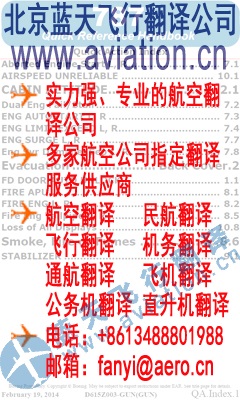|
To view this page ensure that Adobe Flash Player version 9.0.124 or greater is installed. Table 1. U.S. General Aviation Fleet and Activity CATEGORY Number of Aircraft Percent of GA Fleet Hours Flown (Millions) Percent of Operations Corporate 10,500 5.0 3.2 11.7 Business 25,000 11.9 3.4 12.4 Personal 146,700 70.0 11.3 41.2 Instructional 12,700 6.1 4.4 16.1 Air Taxi/Charter 2,600 1.2 1.2 4.4 Air Tours 200 0.1 0.2 0.7 Aerial Application 3,300 1.6 1.1 4.0 Aerial Observation 4,200 2.0 1.3 4.7 Aerial Other 800 0.4 0.1 0.4 External Load 200 0.1 0.1 0.4 Other Work 1,700 0.8 0.4 1.5 Sightseeing 900 0.4 0.2 0.7 Medical Services 900 0.4 0.5 1.8 TOTAL 209,700 100.0 27.4 100.0 Source: U.S. Department of Transportation, Federal Aviation Administration. Administrator’s Fact Book (August 2005). General Aviation Aircraft Types Because of the diversity of operations considered under the broad definition of general aviation, GA encompasses a wide spectrum of aircraft types. Registered general aviation aircraft in the United States – numbering about 210,000 – range in size and purpose from very light sport aircraft with maximum takeoff weights of less than 1,320 pounds used strictly for recreational flying to very large business jets weighing more than 100,000 pounds used for long-range transcontinental and international travel. The composition of the current GA fleet is shown in Figure 1. Single-engine piston aircraft make up the large bulk of the fleet (69%). The large majority of these aircraft are comparably small in size, most weighing less than 5,000 pounds maximum takeoff weight including payload. Experimental aircraft, mostly small home-built airplanes, make up an additional 10% of the current fleet. Thus, while GA is quite diverse, the typical image of a GA aircraft as a small, light, single-engine airplane is an accurate portrayal of the large majority (about 75%) of the GA fleet. 中国通航网 www.ga.cn 通航翻译 www.aviation.cn 本文链接地址:Securing General Aviation 通用航空安保(6) |




